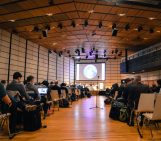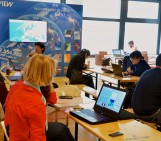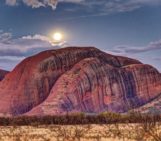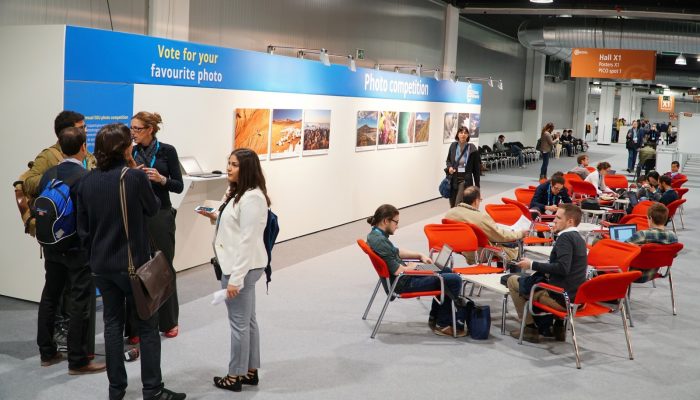
This year’s Photo Competition judging panel received more than 600 photo submissions, covering fields across the geosciences. The fantastic finalist photos are below and they are being exhibited in Hall X2 (basement, Brown Level) of the Austria Center Vienna – see for yourself!
Do you have a favourite? Vote for it! There is a voting terminal (also in Hall X2), just next to the exhibit. Voting closes by Thursday 11 April and the winners will be announced online on Friday!
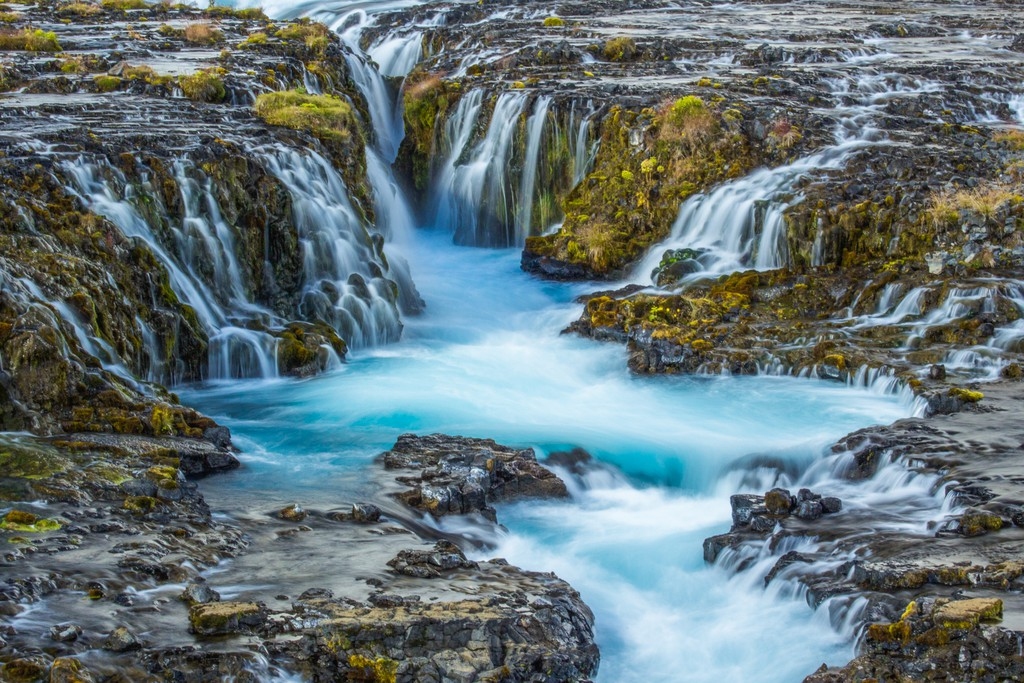
Time flows as the climate is changing. Credit: Kasia Tokarska (distributed via imaggeo.egu.eu). A long-exposure look at Brúarfoss waterfall in Iceland.
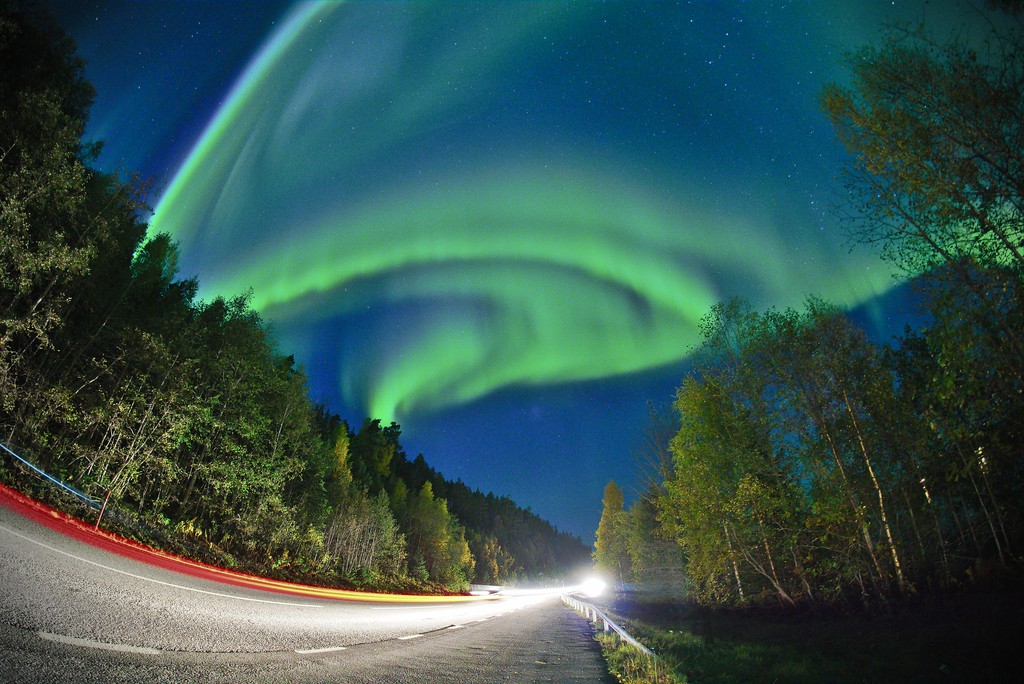
Aurora show on the road. Credit: Junbin Zhao (distributed via imaggeo.egu.eu). Busy drivers pass by without noticing the beautiful northern lights’ show overhead.
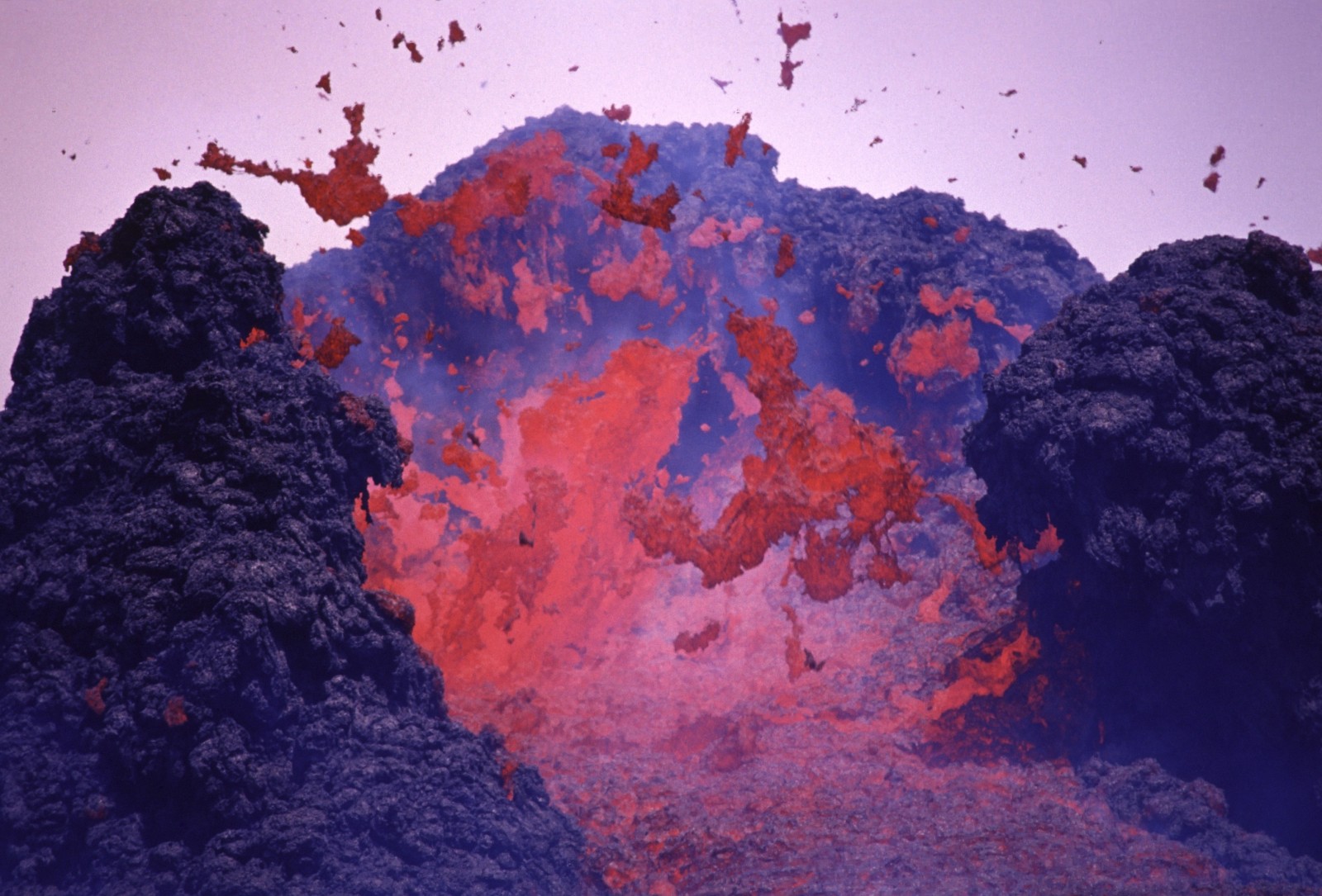
Pulp ……eruption! Credit: Valerio Acocella (distributed via imaggeo.egu.eu). A close-up of a vent erupting blobs of blood-red basaltic magma during the Mt. Etna 2001 eruption, one of the most important of this volcano in the last century. This eruption marked a new cycle in the recent life of Etna and is also associated with flank instability threatening the lower inhabited eastern slope.
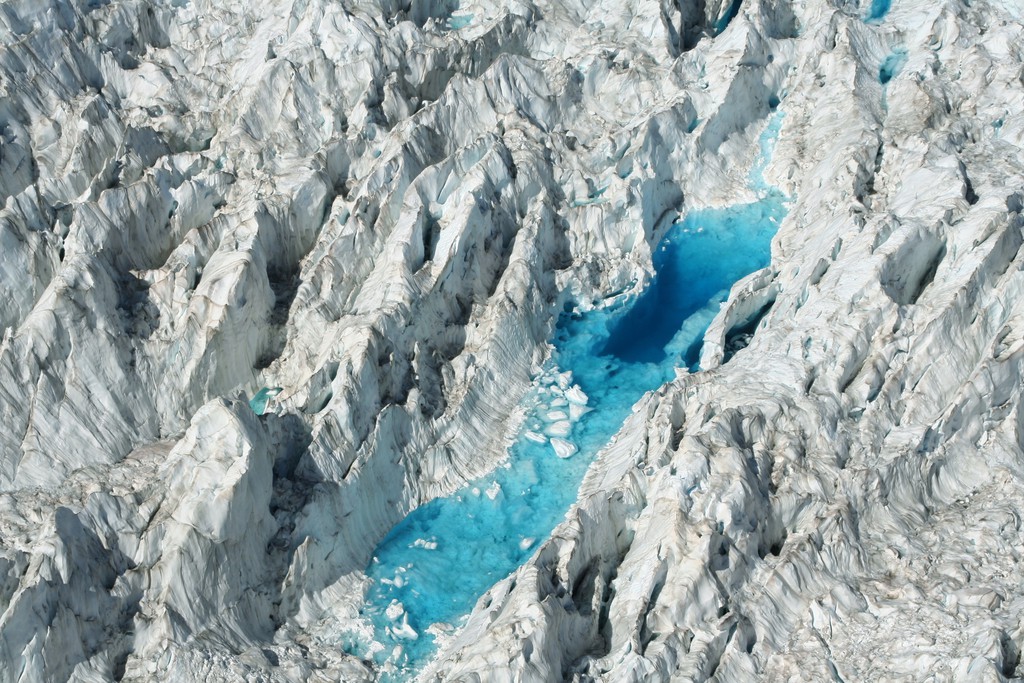
Temporary pond within ice fall of Fox Glacier. Credit: Stefan Winkler (distributed via imaggeo.egu.eu). A temporary pond of meltwater on the surface of Fox Glacier, Southern Alps, New Zealand. Due to the fast movement and the rough surface, there is not an established supraglacial or englacial meltwater system resulting in temporary ponds forming and subsequently draining during over several weeks to a few months.

43°29’S 147°08’E – Meet me at the lighthouse. Credit: Vytas Huth (distributed via imaggeo.egu.eu). Light pollution is an environmental hazard we often overlook. When I had the chance to view the Southern Hemisphere’s night sky with only the Antarctic Ocean in front of me, I realised how much we have already lost in the Northern Hemisphere and Europe. It almost seems as if the night is becoming extinct.
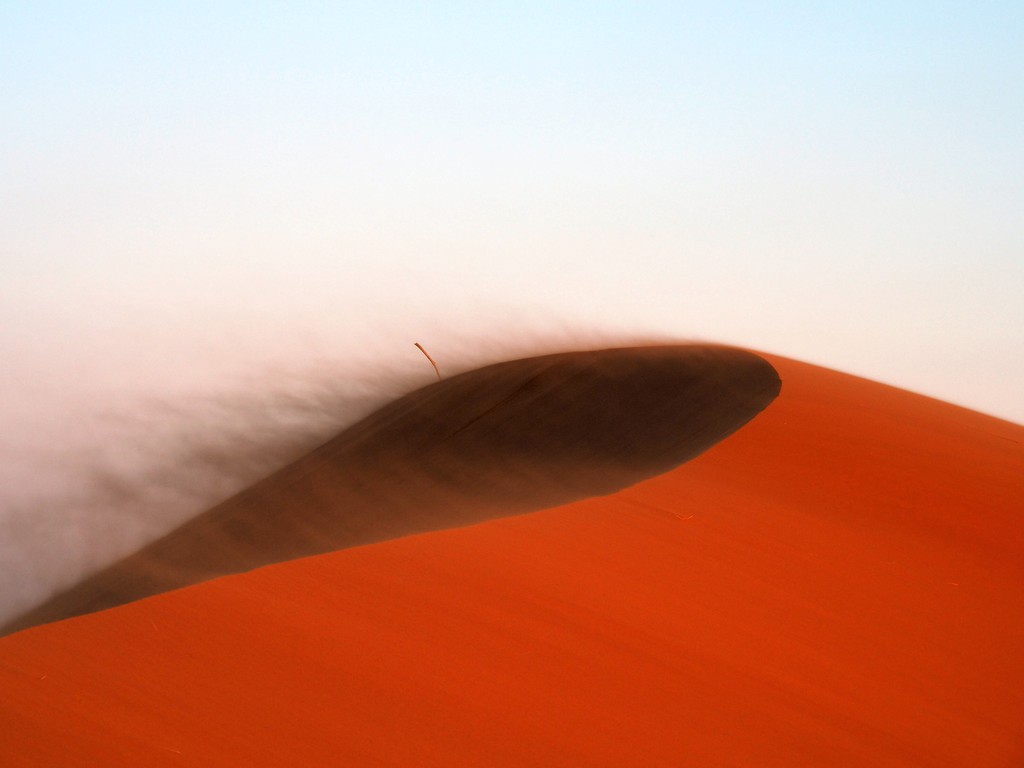
Something sticks out. Credit: Sophie von Fromm (distributed via imaggeo.egu.eu). While the windblown sand buries everything beneath, a lonely stick remains standing. Such sand storms occur quite frequently at the Gobabeb Training and Research Centre in the Namib Desert.
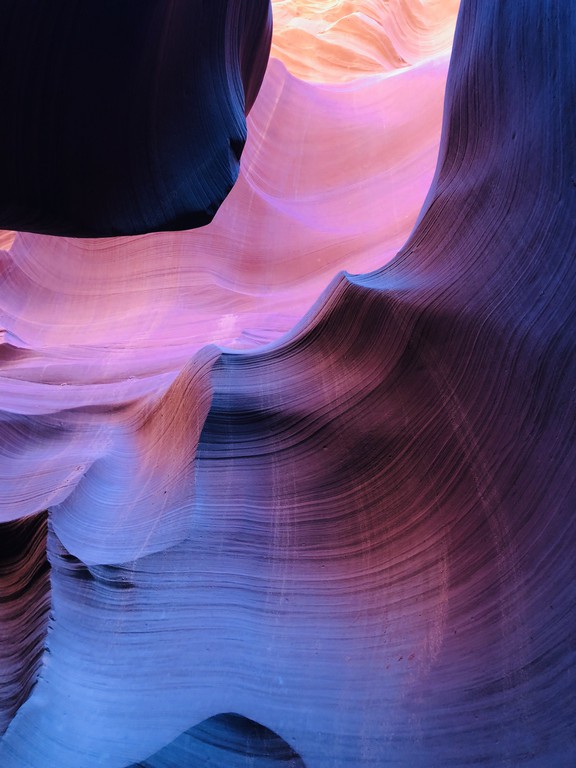
Coloured canyon curves. Credit: Nikita Churilin (distributed via imaggeo.egu.eu). The morning sunlight is reflecting in the grains of sand in the Lower Antelope Canyon and paint the canyon in unusual colours.

Humans’ route in harmony with nature. Credit: Anatolii Chernov (distributed via imaggeo.egu.eu). The Carpathian Mountains in Western Ukraine are a nice place to learn about structural geology and for relaxation. It is a pleasure to observe beautiful corners of the Earth, where people try to respect and cherish natural beauty.

Message from the deep. Credit: Katja Bigge (distributed via imaggeo.egu.eu). Stromboli volcano, the original example of Strombolian activity defined by small regular eruptions.

A frozen time capsule. Credit: Florian Konrad (distributed via imaggeo.egu.eu). The Schwarzmooskogel-Höhlensystem is located in the Totes Gebirge in Austria and consists of 17 individual caves with a total length of about 140km. Inside, it felt like time did not pass or just passed really slowly. The shapes that the ice had sculptured were endless and took our breath away.
The EGU General Assembly will take place from 07 to 12 April 2019 in Vienna, Austria. For the full session programme and more information on the General Assembly, see the EGU 2019 website and follow us on Twitter (#EGU19 is the official conference hashtag) and Facebook.

